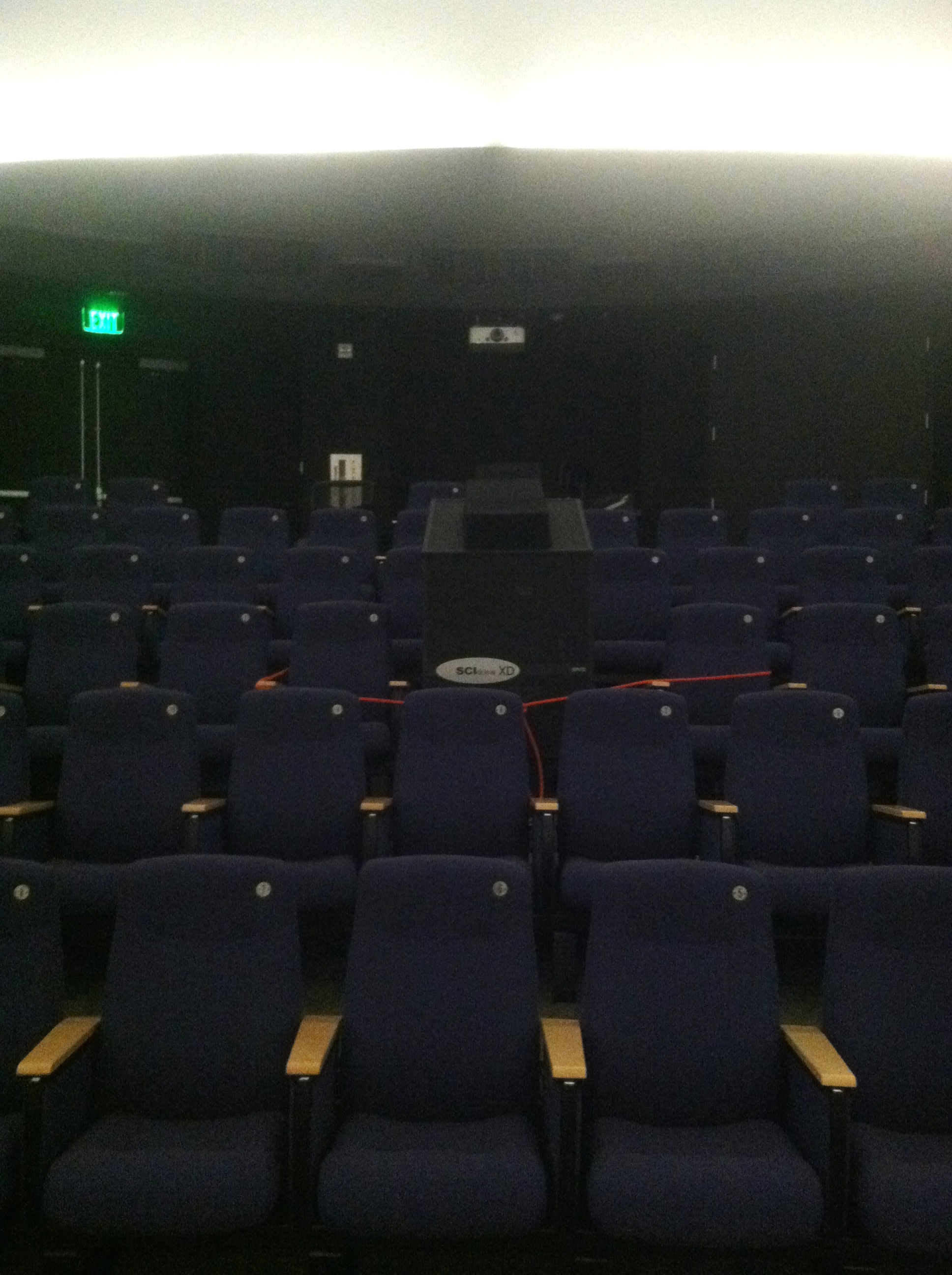FSU Library Offers Vast Selection of Research Opportunities and More
The Lewis J. Ort Library at Frostburg State University contains a wide variety of informational tools and services to help with research on a wide variety of topics, consisting of art, history, genealogy, and more.
Currently, the FSU library contains microfilms which are accessible on the second floor. The microfilm collection consists of a variety of local, state, national, and to some degree, international historic newspapers that date as far back as 1719.
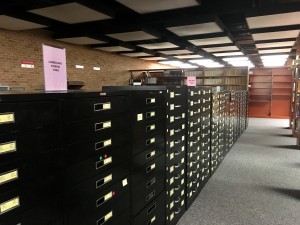
Some of these papers include landmark decisions and historical events, such as the assassination of Lincoln, the passing of the 18th Amendment (which established the prohibition of alcoholic beverages), and more. Having access to these newspapers allows students, faculty, and staff the opportunity to view headline stories from local, state, and national levels, and allows them to see how the media portrayed these different events.
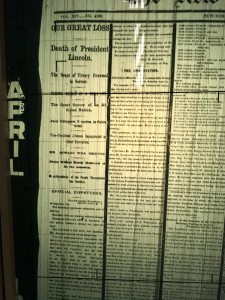
The library contains newspapers from the New York Times from 1851 to the present day, The Washington Post from 1971 to the present day, The Wall Street Journal from 1958 to the present day, and many more.
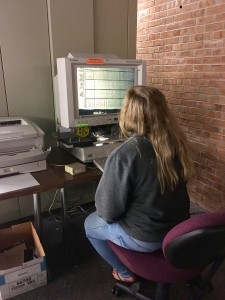
On the state level, library also contains historic newspapers such as the Maryland Gazette from 1745 to 1839, the Afro- American National Edition (Baltimore) from 1893 to 1899 and 1915 to 2001, and numerous others.
On the local level, the library’s collection includes the Frostburg Mining Journal from 1871 to 1911, the Cumberland Time-News from 1988 all the way back to 1809 (when the Cumberland newspaper was titled American Eagle), and the Hagers-Town Gazette from 1809 to 1913.
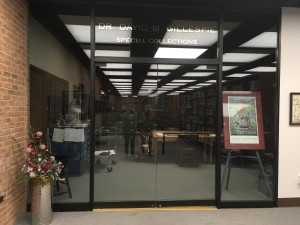
Special Collections, located on the fourth floor of the library, also holds a variety of historic newspapers, including the Frostburg Journal from 1986 to 1989, the Heritage Press from 1971 to 1972, and the People’s Guardian from 1965 to 1972.
This collection is equivalent to having our own Frostburg Museum inside of Frostburg State University. Special Collections contains materials such as books, photos, maps, and other documents and unique items related to FSU, Western Maryland, Appalachia, and mining.
Special Collections has even organized files on certain events, places, and people related to the topics listed above, making it easy to do research on an already narrowed subject. These files include the murder of Joan Ann Charlton, which occurred at FSU in 1984, and the Brownsville neighborhood that once resided in the Upper Quad of campus. If you plan to visit Special Collections, be sure to contact MaryJo Price at mprice@frostburg.edu or 301-687-4889 to schedule an appointment.
On top of this collection, the University of Maryland libraries just received a large grant this past Monday, Oct. 3, which will provide funding to continue digitizing historic newspapers, including those preserved at the library. The process of digitalizing the newspapers available in microfilm and making them assessable online will be a long and tedious procedure.
Not only will this make the local newspapers, like the Frostburg Journals, available to anyone in the world to learn about the area, but it will also be important to historic preservation. The oils from skin can damage microfilms over time, and the digitalization of this older technology will be a big breakthrough in preserving many historical documents.
Digitalizing will also allow users to view newspapers in the comfort of their homes instead of having to be physically present to view microfilm in the library. When the project is complete, these newspapers will be viewable at the Library of Congress’ Chronicling America website: http://chroniclingamerica.loc.gov.
In addition to the Special Collections and the microfilms, the library also has the Beall Archives, including documents related to the Communist Party of the U.S. The library also offers the opportunity to order obituary copies for genealogical research.
The library also has an interlibrary loan request system, allowing students, faculty, and staff to check out books or receive photocopies of documents that are owned by other libraries, if the services are not available directly through FSU’s library system or the University System of Maryland’s online catalog.
Such a wide variety of materials and resources can lead to an infinite amount of possibilities and knowledge. From research to pleasure, the library offers a vast selection of materials, tools, and services to help students, faculty, and staff, and the resources are only growing.




